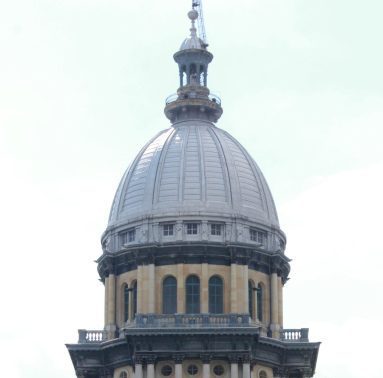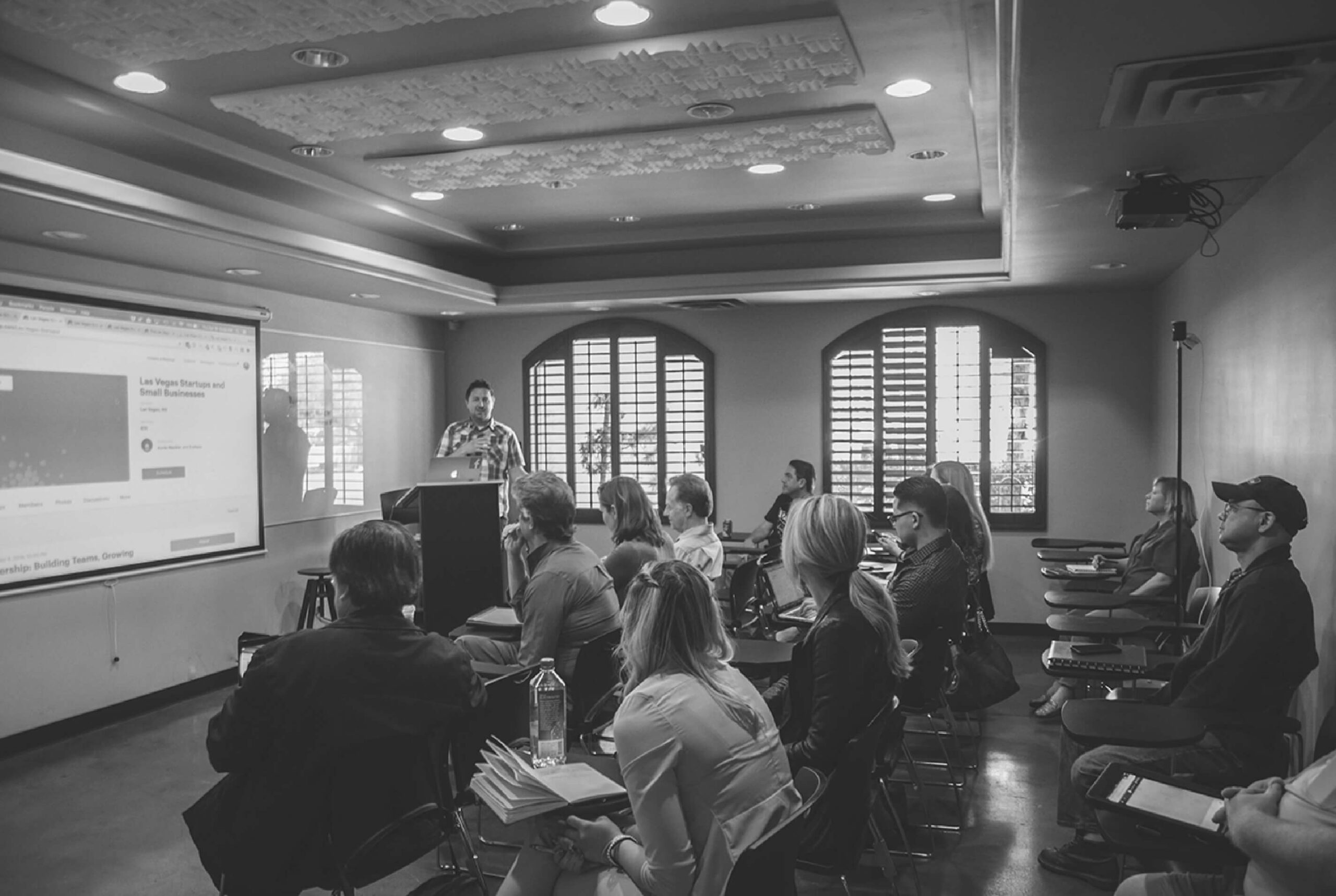While the Commission will reconvene its general meetings on September 1, there are currently two workgroups that will each discuss and inform the Commission’s work once full meetings return. The Adequacy Workgroup and the Resources Workgroup meet regularly to expand capacity around each of these two parts of the formula to dig deeper, create further understanding, and better inform the Commission’s work prior to the July 2023 deadline for a recommendation.
Similar to the full Commission meetings, these meetings are open to the public and can be found here. Add your voice to the conversation about the future of Illinois higher education by giving public comment at an upcoming meeting.
Workgroup Continues Discussions On How to Define Adequacy in Funding Model
On August 4, the Adequacy workgroup of the Commission on Equitable Public University Funding met to discuss proposed initial definitions of adequacy. Workgroup members heard definitions of the key concepts that will make up the adequacy portion of the funding formula and provided feedback.
Members also discussed the importance of student-centered concepts of adequacy, including access, degree pathways and demographic adjustments.
Definitions and Base Funding Formula Discussion
At the beginning of the meeting, Martha Synder, a consultant from HCM Strategists, presented their understanding of adequacy to the group based on previous discussions. This “strawman definition” broke the concept of adequacy down into three buckets for commissioners, including, operations & maintenance, research & public service mission, and instruction, student, and academic services.
Work group members used each of these factors to discuss the mathematical definition of “base funding” for Illinois public universities, or rather, the cost per student that each institution pays to keep the lights on. To account for the fact that each public university’s funding is different, commissioners agreed that adjustments can be made to the base formula once it is determined in order to account for enrollment and more equity-driven metrics.
Partnership for College Completion Senior Manager of Research and Policy Mike Abrahamson emphasized the importance of factoring in a university’s individual ability to offer financial aid to students, arguing that financial aid should be incorporated into the funding formula in a way that can boost enrollment and increase accessibility.
Commissioner and Executive Director for the Center on Tax and Budget Accountability Ralph Martire raised the idea of adequacy as the cost per student to reach graduation rather than the cost per student to keep the lights on. Northern Illinois University President Lisa Freeman agreed with this statement, adding that institutions need to view adequacy from an allocation perspective in order to best serve their students.
Martire also discussed the importance of a hold harmless provision. After decades of underfunding at the state level, no university should lose funding, he said. However, those institutions that serve underrepresented student groups should receive new funding in order to better invest in the programs necessary to help their students.
As the work group and the larger commission continue their work, members agreed that researching current expenditures of the best funded out-of-state universities that serve similar populations to those in Illinois would be beneficial in determining an average per student cost for enrollment, recruitment, and activities.
Key Takeaways
Through this discussion, the Commissioners agreed that each university must be given a minimum of base funding in order to function properly and also reached consensus on the role of financial aid funding in bolstering institutions’ ability to serve and retain students and the importance of funding evidence-based programs to attract and retain diverse students in particular.
Next Steps and Work Ahead
Ahead of the next full commission meeting on September 1, the adequacy workgroup will meet again on August 25 to continue the work of building out the definition of an equitable adequacy portion of the funding formula.
About this Blog Series
Established in 2021 by SB815, the Commission on Equitable Public University Funding is charged with researching, modeling, and ultimately recommending specific criteria and approaches for an equity-based higher education funding model for Illinois’ public universities. Click here to learn more about the passage of SB815 and creation of the Commission.
For more information on how you can get involved, email Sonianne Lozada, Community Engagement Manager, at slozada@partnershipfcc.org.

As the Commission works toward its July 2023 deadline for recommending an equity-centered funding model for Illinois’ public universities, community members coming to the table to elevate the need for an adequate, equitable, and stable funding model is crucial.
Please join the next commission meeting on September 1 for the opportunity to share why this issue is so important to you. In the meantime, you can share this tweet and discuss why you believe higher education matters in Illinois on social media.

